After hitting number one on the Billboard Hot 100 with her debut single, Tik Tok, back in 2009, then releasing a number one album, Kesha (stylized as Ke$ha at the time) seemed to be at the top of the world and positioned to become pop royalty. However, after checking herself into rehab for an eating disorder and emotional distress in 2012 and launching into a legal battle with Dr. Luke, her executive producer that had stifled her creative control on her first two albums, with allegations of sexual assault in addition to physical and emotional abuse. Since Kesha was locked in a multi-album contract with him and refused to be forced to work with her alleged abuser (with him profiting off of their work), it was soon unclear whether the singer would ever be able to release music again.
Rainbow is the eventual answer to that uncertainty. After four long years of her career being locked up by Sony and Dr. Luke, Kesha was finally able to release music again beginning in July 2017, leading to her album being released the following month. It isn’t publicly known what kind of internal settlement Kesha came to with her label, but Dr. Luke did not have a hand in producing any of the tracks on Rainbow and he is no longer publicly employed by Sony. Even after the detrimental career hiatus Kesha was put through, she still managed to hit number one on the Billboard 200.
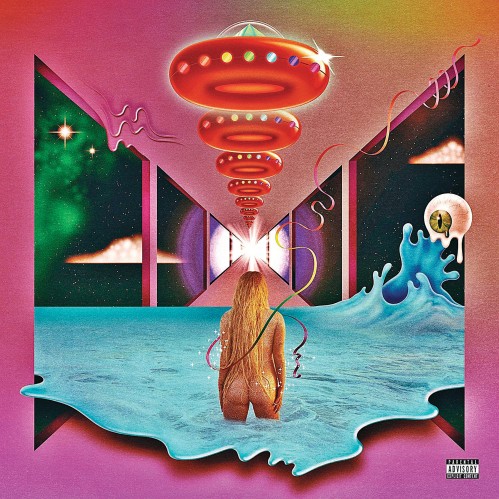
The album opens with “Bastards,” a down-tempo, thoughtful track that entirely deviates from what the name might suggest the song would sound like production-wise. Lyrically, the song focuses on picking yourself up and facing the world, rather than letting the “bastards get you down.” “Bastards” features soft, wistful singing over just guitar strumming before transitioning into a larger, anthemic chorus to close out the song.
Serving as the album’s lead single when Kesha first reintroduced herself to the music world, “Praying” is a song that really speaks to the essence of what the entire album is about. On the song, Kesha acknowledges that she has been done wrong by someone in ways that cannot be forgiven, but she realizes that “[she] had to learn how to fight for [herself]” as a result. Poetically, rather than choosing to spend her time channeling hate for this person and succumbing to victimhood, Kesha simply hopes for this person’s sake that they are somewhere praying to a higher power. She knows they will face retribution far greater than anything she can imagine; the best scenario for everyone at this point would be to realize their wrongs and change who they are. The song climaxes when Kesha releases a cathartic, scream-like note at the end of the bridge and the immense emotion of her story sonically unleashes itself upon the listener.
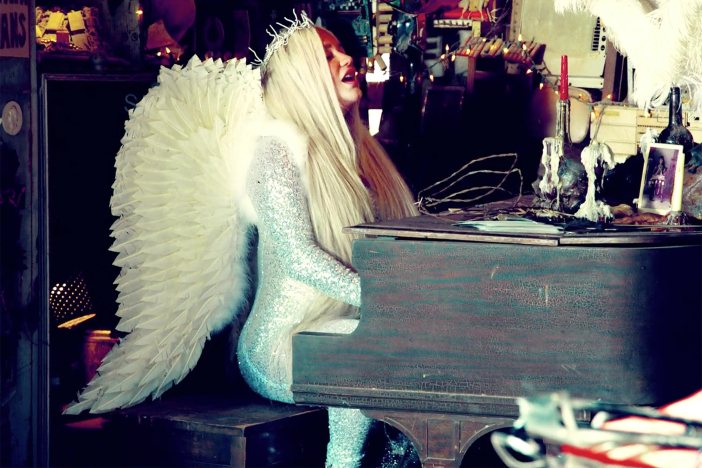
On “Rainbow,” the album’s title track, Kesha shares a deeply personal and unlikely story of redemption. Throughout the song she makes use of color replacing darkness as an extended metaphor for finding herself again and overcoming seeming insurmountable circumstances. Kesha is the sole writer on the song; it was penned during the one hour per day that she was allowed to have a toy piano during her stay in rehab. The song’s lyrics speak directly to the listener, insisting that they find trade their darkness and heartlessness for rainbows.
You gotta learn to let go, put the past behind you
Trust me, I know, the ghosts will try to find you
But just put those colors on
Come and paint the world with me tonight
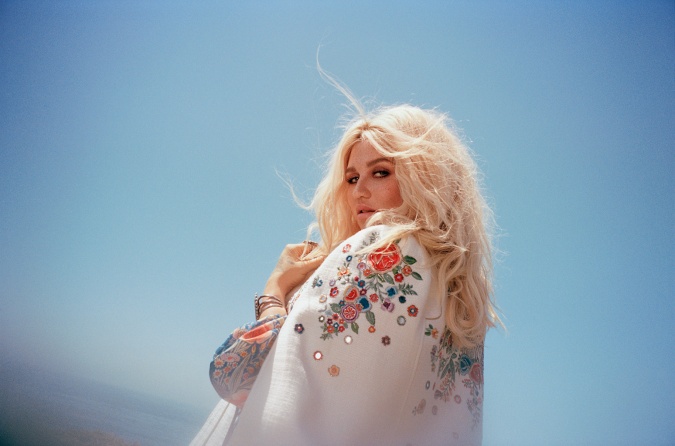
All throughout the album, Kesha experiments sonically and vocally. After being prevented from creating the music that she had wanted to for so long, she finds her voice on this album. Songs like “Let ‘Em Talk,” “Woman,” and “Boogie Feet” tap into a glam rock sound that allow the singer to truly flex her explosive vocals through empowering lyrics that insist on living your life the way you want to, regardless of what anyone has to say about it.
Rainbow also represents Kesha’s decidedly authentic forays into full on country sounds that channel classic icons of the genre like Johnny Cash and Dolly Parton. “Hunt You Down” is song that accomplishes this while still maintaining a Kesha spin lyrically. The verses speak of head-over-heels, blinding love for someone, while the chorus reveals that Kesha has never murdered anyone but if this guy cheats, she’s going to hunt them down. While her discography has been pretty much limited to mostly electropop songs on her first two albums, Kesha’s sultry lower register really shines on these songs and bring out something in her voice that just isn’t apparent when she sing-raps over a chiptune beat.
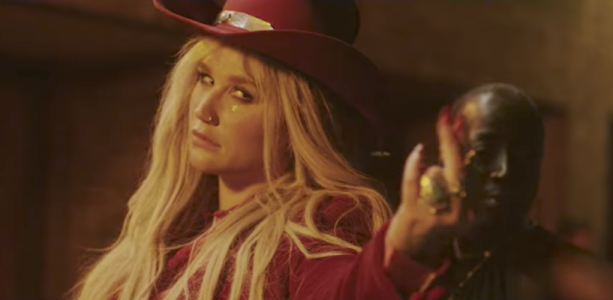
“Spaceship” serves as the final track on the album. The song is clearly inspired by bluegrass music, with Kesha at first just singing over a banjo and a drum beat. A choir of melancholy voices accompany her words, further cementing this inspiration. Kesha sings about knowing that she doesn’t belong with this world a lot of the time because “There’s too much hate, there’s too much hurt for this heart.” This anthem of disconnection does not seek to cultivate despair, instead she reveals that the aliens from whatever planet she must be from are coming back to collect her soon. She ends Rainbow with a monologue expressing her content with realizing that nature is in control of everything and sometimes she just needs to sit back and see what the universe has in store for her.
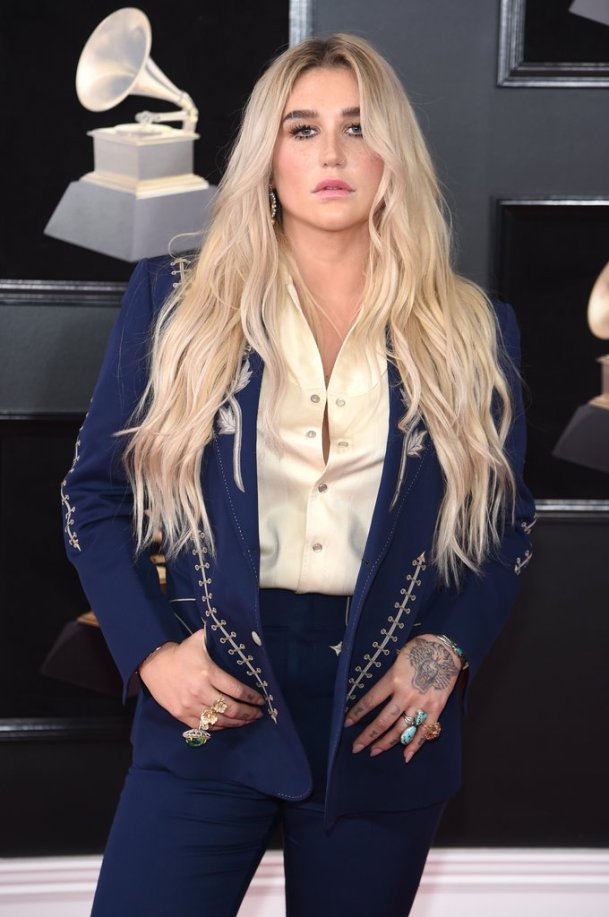
While the legal battle, eating disorder, and abuse that Kesha faced serves as the storm, her most recent album fittingly serves as the rainbow that came out as a result. Kesha’s return to music is inspirational and an important narrative to be acknowledged in the world of pop music. The message of self-empowerment and refusal to let anyone get in the way of your own will to find happiness, however, is far more reaching than any record contract fiasco can be.
Listen to Rainbow on Spotify below: